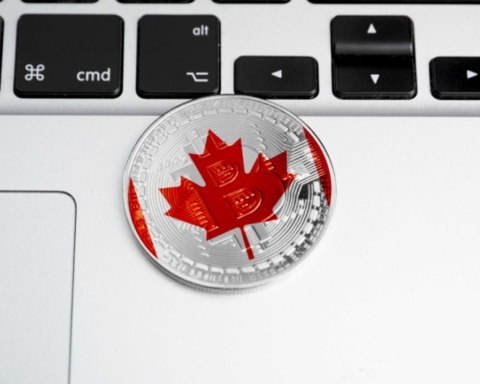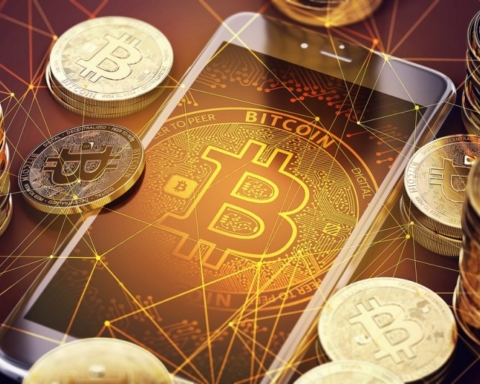How do you determine the value of a cryptocurrency token? The value of tokens has been a constant subject of debate in the industry since the emergence of cryptocurrency. To traders and investors, it might seem pretty straightforward.
To the layperson, however, it might seem complicated due to all the business jargon being thrown around to explain the market fluctuations. What we do know is that the price of a given product does not necessarily translate into actual value. Two cars can be of the same quality, but with different price tags despite offering the same value. So what determines the value of a cryptocurrency? The price seems to jump up and down on a regular basis. Experts and journalists have tried to explain this phenomenon by pointing to positive and negative news stories, investor temperament, and other factors that could influence people’s perception of a given cryptocurrency. But as an investor, you would benefit more from paying attention to the market capitalization.
What is market capitalization?
On the stock market, market capitalization is used by investors to help them make informed decisions on their investments. Determining the market capitalization (or market cap, for short) of a public company is quite simple. First, you find out what the price of one share is, and then you multiply the price with the number of shares in existence. So if the price of a company share is $1 and there are 1000 shares in existence, then the company’s market cap is $1,000.
The exact same method is used to determine the market cap of a cryptocurrency. If a cryptocurrency is being sold for $1 and there are 1000 tokens in circulation, the cryptocurrency has a market cap of $1,000. This means that two cryptocurrencies with different price tags can still have the same market cap. If Cryptocurrency A has 1000 tokens in circulation at price of $1 each, the market cap is $1,000. If Cryptocurrency B has 2000 tokens in circulation at the price of $0,50 each, the market cap is also $1,000.
How to use the market cap to inform your investment decisions
When investors look at which companies to invest in, they typically categorize them as small, medium, or large cap. The market cap category tells you something about the size of the company, its stability, and its growth potential. Large corporations like Apple and Microsoft are categorized as large cap. This means that they are stable companies and a safe bet for investors. However, it also means there is not a lot of growth potential, which means that whatever yields gained from trading in their shares will be minimal. Small startup companies, on the other hand, will typically be categorized as small cap. This means that there is a certain amount of risk that the company will fail, the shares will lose their value, and your investment will be lost. On the other hand, it also means that there is a huge potential for growth and that you will make a large return on your investment if the company succeeds.
How does this translate into the cryptocurrency market?
Using the information above, we can now look at how to use market capitalization to inform your investment decisions in the cryptocurrency market. If you take Bitcoin, for example, you are looking at a market cap of around $136,000,000,000, as there are approximately 17,000,000 Bitcoins in circulation valued at around $8,000 each. Bitcoin is the first and to this date most popular cryptocurrency, and as such are classed as having a large market cap. This becomes even more apparent when you look at competing cryptocurrency tokens. The top 100 cryptocurrency tokens all have a market cap of around $55,000,000. You can see how Bitcoin has a market cap many times the size of even the most popular cryptocurrencies. As an investor, this means that while Bitcoin is more stable than these other coins, you a less likely to make a huge profit from trading in it. You can gain far more from trading in the tokens with a smaller market cap, but also risk losing your investment if those coins fail.


















































